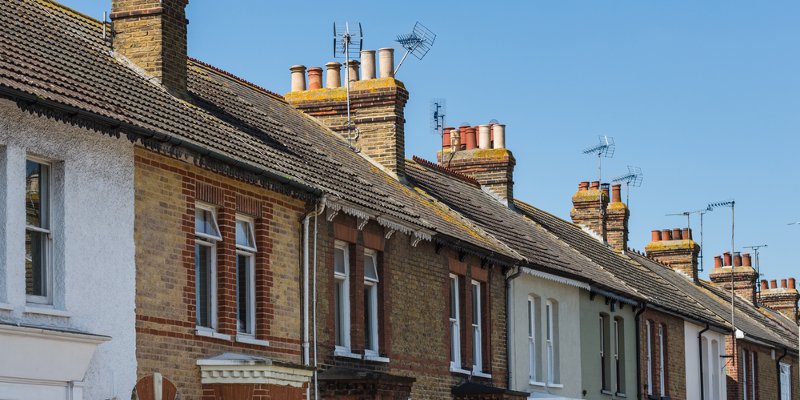The price of property coming to market has risen by a national average of 0.7% (+£2,088) this month, which is the same as the average monthly increase in September of 0.7% since 2011, the Rightmove House Price Index has found.

The price of property coming to market has risen by a national average of 0.7% (+£2,088) this month, which is the same as the average monthly increase in September of 0.7% since 2011, the Rightmove House Price Index has found.
The national annual rate of increase remains muted at 1.2%, but there are some positive signs for the Autumn market in regions where affordability and sentiment are good, although stretched buyer affordability or negative market sentiment in other regions are limiting price growth.
Brian Murphy, head of lending for Mortgage Advice Bureau, said: “Renewed activity inLondon may possibly be a sign of first-time buyers and second steppers taking advantage of price drops over the summer, coupled with the still-competitive rates available from lenders.
“Likewise, at the upper end of the market, it seems that where significant reductions from motivated vendors have occurred, there are buyers out there willing to transact, meaning that deals are out there to be done.
“However, it’s important to make the distinction between an increase in activity and an increase in house prices – whilst the Rightmove data points to the first green shoots of the former in the capital, there aren’t many signs of the latter as yet.”
Substantial price reductions in some parts of the London market over the last two years are now helping to improve sentiment and momentum, with renewed buyer activity evident at the upper end.
Miles Shipside, Rightmove director and housing market analyst, said: “Buyer affordability has been increasingly stretched by seven years of national average property price rises outstripping buyers’ average wage inflation.
“However in London, after asking prices rose by over 50% between 2011 and their peak in 2016, there have been two years of subsequent price falls in parts of the capital.
“Now, there are signs that these price reductions in parts of London have led to an upturn in buyer activity as sentiment improves.”
Less stretched buyer affordability and positive market sentiment have helped to buoy some regions to attain average annual rises of at least 4%.
These include the East Midlands (+4.7%), Wales (4.6%), West Midlands (+4.5%) and Yorkshire & the Humber (+4.0%).
Conversely, there have been year-on-year price falls in the North East (-1.1%), London overall (-0.5%) and the South East (-0.1%), with the East of England just reaching positive territory at +0.3%.
Shipside said: “Buyer affordability ratios were not stretched to the same degree in the Midlands and the North than they were in the South, with a comparatively modest average price increase of 21% since 2011.
“That’s left some price momentum fuel still in the tank in these regions, and means that the current momentum has the mileage to carry on into this Autumn.
“That compares to the seven-year 40% plus price binge seen in London and its commuter belt neighbours of the South East and East of England, which is the cause of their current indigestion.”
The upturn in London’s buyer activity this month is in the upper end of the London market, above £750,000, comprising around a fifth of all transactions in London. The number of sales agreed above £750,000 is up by 6.0% on the same month a year ago, while below £750,000 it is down by 3.6%.
Average asking prices in Inner London peaked in February 2016 at £823,000, and are now £756,000, which has helped with the increase in buyer activity.
Shipside said: “Outer London and the commuter belt that saw very sizeable and unsustainable price rises.
“More sellers and agents will need to re-adjust their expectations to be in line with what buyers are willing or able to pay, as it seems that buyers are out there if the price is right.”
Autumn traditionally sees a boost in activity and this will be fuelled by more choice for buyers with a 16% jump in new properties coming to market in the first week of September compared to the average of the final three summer weeks.



